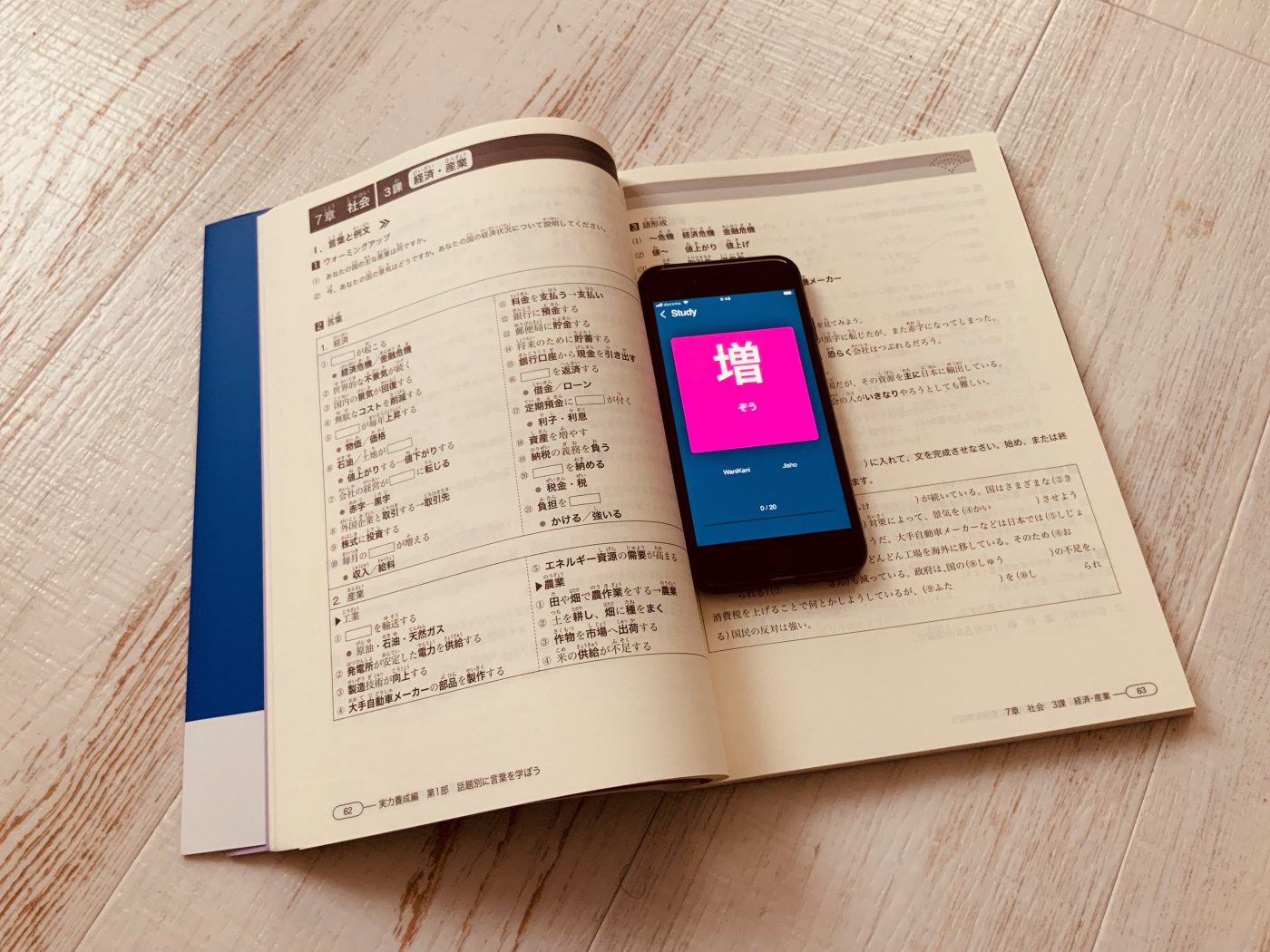

You need a good grasp of the basics to be able to understand the more advanced kanji you’ll come across in important situations, like bills.Īgain there are lots of books, online resources and apps you can us to study Kanji. If you’re only worried about speaking Japanese, you don’t have to focus so much on kanji.īUT kanji is still very useful for everyday life. Nihongo Tango Speed Master Basic (日本語単語スピードマスター)Īround 250-280 is the basic kanji you need to learn for JLPT N4 level.
#Ikanji touch app versus wanikani for free
There are lots of places online you can get access to them for free or you can buy books. I’m not saying you need to take this exam, but you can get resources for N5 and N4 to help build up your vocabulary.Īs the first 1500 vocabulary consists of the most common Japanese it’s very easy to find resources for learning these.

There are lots of resources online and on amazon you can research to see what would be best for you. I find it’s a lot easier to understand them, their pronunciations and uses when learned in context on vocabulary. I suggest learning these in combination with vocabulary rather than just learning them on their own. Hiragana is used with Japanese words while katakana is used with words borrowed from other languages. Hiragana and katakana also have the same sounds but look slightly different. So you read the kanas as they are written. What I really like about them is that they are phoneti c. Hiragana and katakana (the kanas) are the two core alphabets of Japanese. Ultimately, it’s best to research the resources you think will work best for you. I have made a large number of Memrise decks for Japanese learners, a few of which I like are below. You can create your own vocabulary lists and use course and decks other people have made. A free online spaced repletion flashcard program. The tool I recommend for mnemonics and spaced repetition is Memrise. So practicing the same things regularly is key to remembering them in the long term. You will probably forget a vocabulary or kanji a few days after you’ve studied it (unless your brain is a sponge). Spaced repetition is also really important. It seems like a really long and hard to remember word until you think of it as “don’t touch my moustache”: dou i tashi ma shite. Associate words with images or situations you understand.įor example, douitashimashite is a polite way of saying “you’re welcome”. I think the best way to learn quickly as a beginner is to study the language through mnemonics. You can then use these basics to learn more which leads to communicating more and better. You can start speaking Japanese with just some basic grammar and around 1000-1500 pieces of vocabulary. You don’t need to know every single Japanese word to be able to communicate in Japanese.

Japanese is actually simple (compared to English) and easy to grasp. You might be overwhelmed by the idea that Japanese as 3 alphabets and 2000 kanji and a grammar structure that’s different from English.
#Ikanji touch app versus wanikani how to
But through studying how to speak Japanese you can begin to learn the basics for being able to understand written Japanese! The Basics This article will look at how to communicate in spoken Japanese. If you apply yourself, you can become fluent in daily spoken Japanese within 3-6 months of living in Japan. Number 1 is definitely the most important when you’re starting to learn. If you are going to live in Japan your main goals will probably be: – Want to be able to communicate fluently. – Live in Japan or are moving there soon. Not just because we all learn different but because we have different goals. Over the years I have been helping people learn Japanese I’ve found that everyone learns differently. So many different resources, techniques and advice for learning languages in a variety of ways! This makes learning a bit overwhelming for beginners. There are a lot of websites, articles and YouTube videos all about learning a language effectively. If you live in Japan, or are going to live in Japan, want to learn Japanese, and are willing to put effort into it, then you can become fluent very quickly. You might be living in Japan but that doesn’t mean you can become fluent without any effort. The worst case I met was a man who lived in Japan for 17 years and only knew how to order beer! I’ve heard of people who have lived in Japan for a year without even learning hiragana or katakana. Just because someone lives and works in Japan doesn’t mean they are instantly fluent in Japanese.


 0 kommentar(er)
0 kommentar(er)
